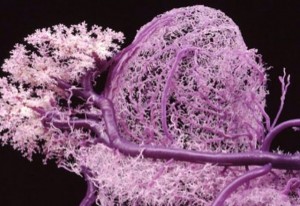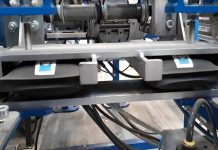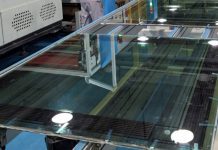Scientists from Brigham and Women’s Hospital in Boston, Massachusetts have used 3D bio-printing techniques to create the first synthetic blood vessels.

This is quite an amazing feat as blood vessels transport nutrients and oxygen to tissues, prevent cells from dying and are extremely fragile and the most delicate thing that has ever been synthetically bio-printed.
According to the article on International Business Times, bio-printing involves using a person’s own body cells to reconstruct an organ and adding layer on top of layer of material to create a complete structure. The material used in 3D bio-printing is made by inserting cells into biologically safe glue to create a kind of biological paste.
“Engineers have made incredible strides in making complex artificial tissues such as those of the heart, liver and lungs,” said Ali Khademhosseini, a biomedical engineer, and director of the Brigham and Women’s Hospital Biomaterials Innovation Research Centre.
“Creating artificial blood vessels remains a unique challenge in tissue engineering. We’ve attempted to address this challenge by offering a unique strategy for vascularisation of hydrogel constructs that combine advances in 3D bio-printing technology and biomaterials.”
Khademhosseini and his team managed to construct micro channel networks that were successfully embedded inside a wide range of commonly used hydrogels, such as methacrylated gelatin or poly (ethylene glycol) -based hydrogels at different concentrations, reports RT.
Methacrylated gelatin laden with cells, in particular, was used to show how their fabricated vascular networks functioned to improve mass transport, cellular viability and cellular differentiation. Moreover, successful formation of endothelial monolayers within the fabricated channels was achieved.
The inner walls of blood vessels are lined with a layer formed out of endothelial cells that filter fluids, traffic hormones, perform haemostasis and accomplish other important tasks. The synthetic blood cells need the endothelium, or else they would only be extremely thin tubes.
“In the future, 3D printing technology may be used to develop transplantable tissues customised to each patient’s needs or be used outside the body to develop drugs that are safe and effective,” said Khademhosseini.



















